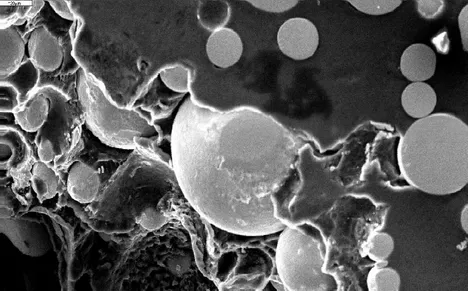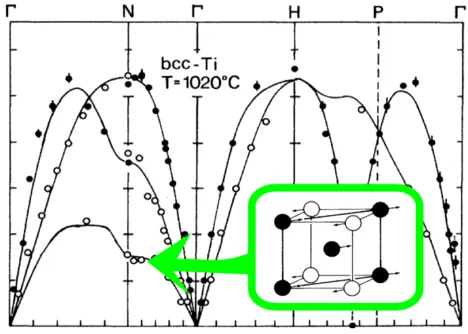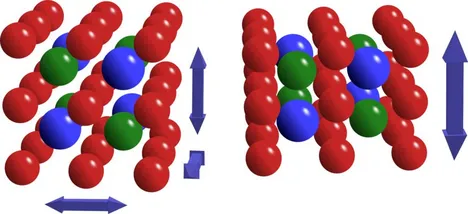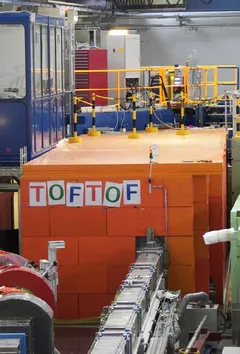Development of high density uranium fuel

To reduce the enrichment of the fuel for high-performance research reactors, Uranium densities of 8-15g/cc are necessary. The most promising candidate for this new fuel type is based an an Uranium-Molybdenum alloy which will be used either in dispersion with Aluminum or in form of pure foils as so called "monolithic fuel".
The high density fuel development working group of the FRM II has established heavy ion irradiation of fuel samples as a quick and reliable method to simulate the effects of months or years of in-pile irradiation of this new high density fuel. In contrast to in-pile irradiation, the samples are not activated after heavy ion irradiation and therefore can be examined within short time using normal laboratory equipment. In addition to these out-of-pile tests, complete test fuel plates are irradiated inside test reactors and afterwards examined in hot cells. These tests reveal the performance limits of the new Uranium-Molybdenum fuel.
Furthermore the development and industrialization of manufacturing methods is focused. All projects are accomplished in close cooperation with partners from the European HERACLES consortium (CEA, FRAMATOME (formerly AREVA-CERCA), SCK-CEN, ILL) alsio and the US Department of Energy (DOE).
Lattice dynamics around martensitic phase transformations

Explanation of the stability of the high-temperature bcc phases. Identification of the soft lattice modes driving the martensitic transformations. Microscopical dynamics of simple and complex viscous liquids and of glasses. Interplay of dynamics and function of biomolecules. Quantitative confirmation of the scaling laws in mode coupling theory. Inelastic scattering of neutrons, synchrotron radiation and light. Construction of a novel neutron resonance spin echo spectrometer at Laboratoire Léon Brillouin, Saclay. Quasi-elastic and inelastic X-ray scattering with neV resolution by recoilless nuclear resonance scattering of synchrotron radiation.
Dynamics of ferromagnetic shape memory alloys

Ni2MnGa is the prototypical example of a Heusler alloy with a ferromagnetic phase that displays a structural transition from L21 austenite to modulated tetragonally distorted martensite. Large magnetocrystalline anisotropy and mobile twin boundaries enable macroscopic shape changes of up to 10% under external magnetic fields of about 1 Tesla. Applications for sensors, actuators or also cooling devices are within reach. For the first time single crystalline samples both in the austenite and martensite phases are available, and the measured phonon dispersion displays the potential landscape for the structural transition in fine detail.
Design and set up of the instrumentation at FRM II

Today 26 beamtube instruments are operational at FRM II , another 4 instruments are under construction. Besides the four members of the Heinz Maier-Leibnitz Zentrum (MLZ) the following institutions are engaged in the set-up and operation of the instruments at FRM II: the Max Planck Society, the universities of Aachen, Cologne, Darmstadt, Göttingen, Dresden and Augsburg and last, but not least the three universities located in Munich: Universität der Bundeswehr, Ludwig-Maximilians-Universität, and Technische Universität München, (the latter being one the of the partners of the MLZ).
Some of the instruments are worldwide unique, others the best of their kind. From the technological point of view all instruments are highly innovative.
At our existing irradiation facilities we produce radioisotopes for nuclear medicine and up to 15 tons of doped silicon per year. The prospective irradiation facility for uranium targets will allow to cover up to 50 % of the European demand for the radionuclide Tc-99m.
Today FRM II is considered as the most versatile research reactor.